Set against the backdrop of the 2005 extremist strife that engulfed the Karbi Anglong district of Assam, the Karbi feature film, “Mirbeen” (2023), tells the story of a young woman’s dreams in a conflict-torn village of the state. Premiered at the 54th International Film Festival of India (IFFI), Goa, it also shows the political realities of its time and the human cost of revolution.
Life in the Karbi hills unfolds at a slow and steady pace, and likewise goes the rhythm of the film. The protagonist, Mirbeen (played by Malini Tisopi), lives in a village that is consumed by recurring inter-ethnic tensions between the Karbi, Dimasa, and Kuki tribes of Assam. These conflicts have led to frequent lockdowns and stagnancy in the developmental process of the region. The sad reality is that, under such conditions, higher education continues to remain a distant dream for many.
Mirbeen, a young girl and a weaver of traditional fabrics, aspires to become a fashion designer, a dream that is as ambitious as those of her close friend Kaban. Kaban’s brother, Longki, is an underground rebel who shares a romantic relationship with Mirbeen. However, things take a turn for the worse when Longki’s outfit kidnaps and kills one of Mirbeen’s college teachers, the fallout of which Mirbeen and the fellow villagers have to bear.
With “Mirbeen” (2023), director Mridul Gupta unfailingly sticks to his broader point of how women are always found at the crossroads in any kind of conflict. Beyond that, there are heinous atrocities committed against the collective existence of the people by unknown miscreants—burning down houses, destruction of the tribal villages, and forcing the villagers to flee to the woods. Some also subject women to sexual violence, along with killing men and women alike.
Yes, the film is very vocal about the issues. In fact, the perceived loudness of the film also has a significant influence on the opinions of its characters. For example, in the contrasting personal views of Mirbeen and Kaban, we see two opposing sides of the conflict: Kaban believes in sacrifice for a greater cause, while Mirbeen holds that no human life should be a part of such a trade. She dreams of a peaceful cause – of butterflies, flowers, and gardens, but very soon everything burns down to ashes.
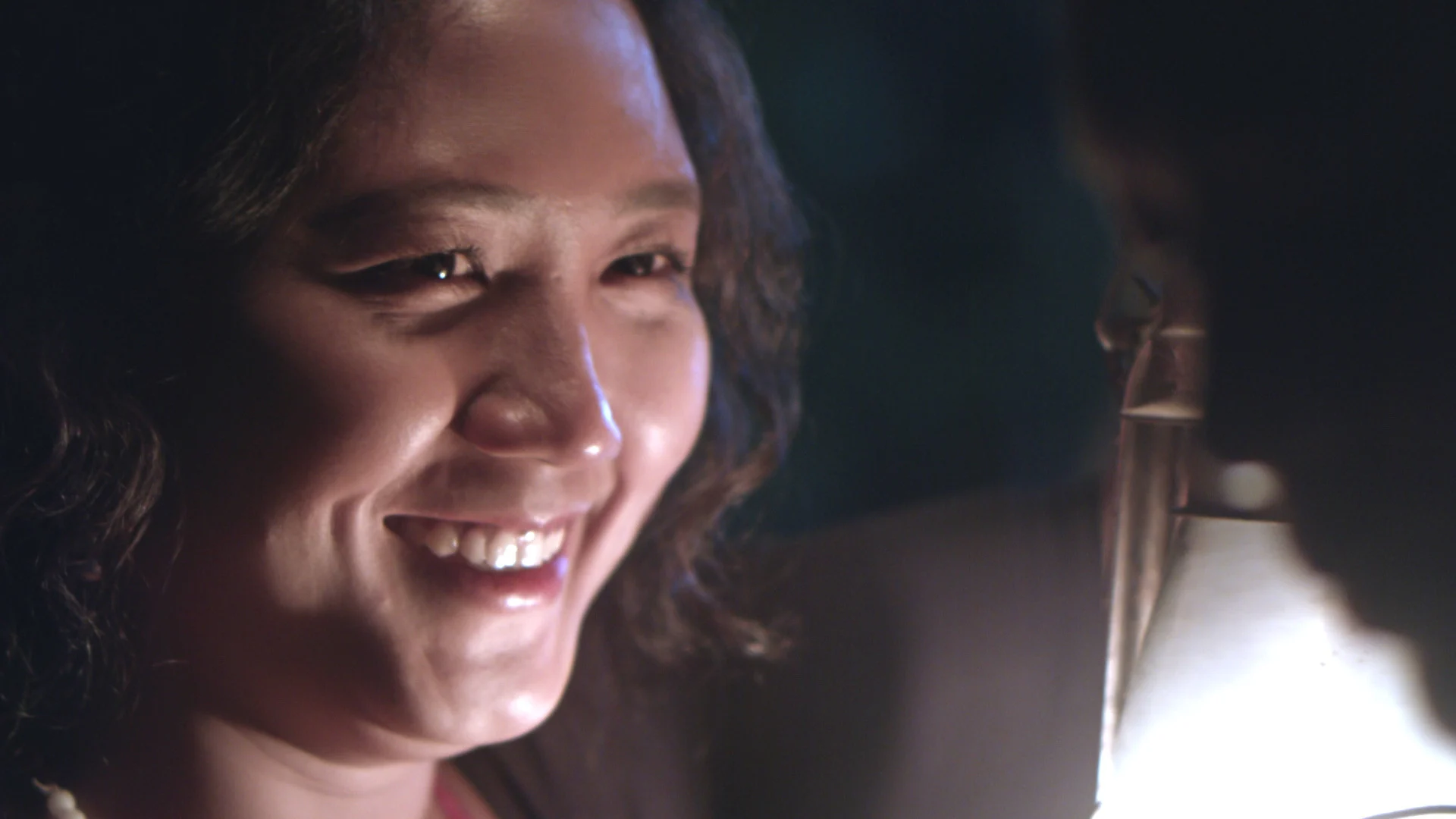
And due to her ignorance, Kaban is lost forever, and this becomes a guilt that Mirbeen now has to carry forever. Gupta holds on to the inherent irony in the aspirations of ordinary individuals who seek nothing but the truth and peace, but it frequently comes at the cost of losing what they hold dear the most. Director Gupta thus explores the paradox of idealism and its costs, particularly through the lens of a woman trapped at the intersections of a societal upheaval. However, the themes are strong, but the imagery isn’t. Much of the violence in the film is suggestive in nature, which limits the psychological and emotional effects of the aftermath. This is one downside of the film.
“Mirbeen” (2023) also has some justified use of visual effects, which doesn’t compromise the narrative authenticity of the film. To point out a few, the use of torchlight when the villagers navigate the rocky river under the pale moonlight or the colourful butterflies fluttering alongside Mirbeen – each effect contributes to a required storytelling effect.
Part of Gupta’s visual style is also the use of wide shots, which situates us in the landscape of the characters. The environment is captured in detail, and the colourful textiles of the tribe and the scenic beauty of the hills are brought to prominence by cinematographer Pradip Doimari. As Mirbeen consumes the weight of her guilt, the film enters the territory of verbal exposition. Sarthe (played by Rajiv Kro) is positioned as the moral arm who now leads the villagers taking refuge in makeshift shelters in the forest. He provides the intellectual and emotional force to reason with their conditions. The film enters a lazy zone here. And as it moves away from the raw emotional core of the story, audiences suffer. It seems the film is not much concerned with Mirbeen now, but with the overall plight of the people.
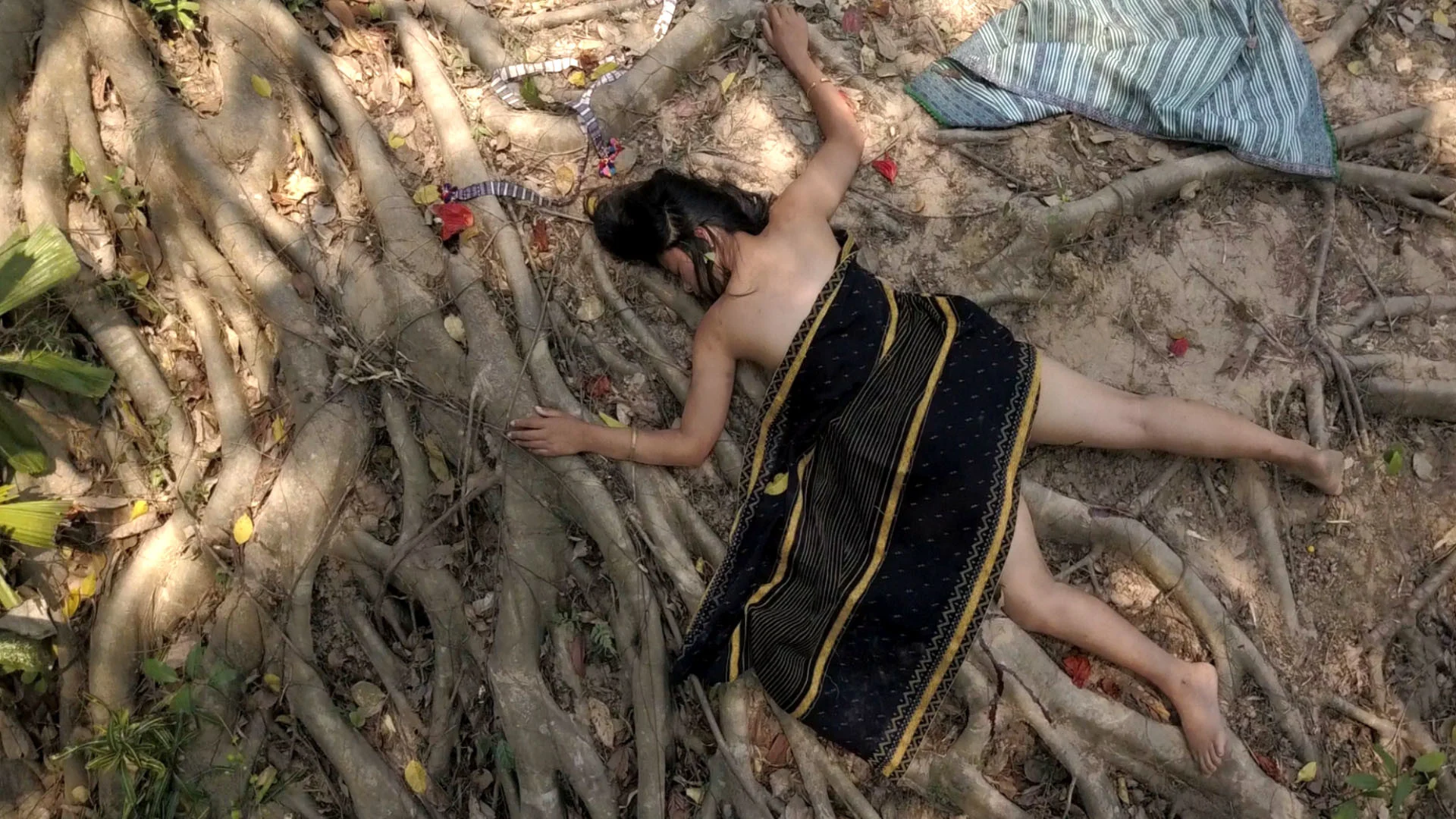
A note is made on the sluggishness of government processes, particularly in facilitating rehabilitation efforts and issuing new skills and employment opportunities. Consideration of alternatives such as sex work (for the womenfolk) also comes into play. A few also join the trade. Again, Mirdul Gupta’s film has become a moral ground for contradicting situations and views. Just because their conditions are dire, should they resort to such immoral acts?
In between, Mirbeen is also sexually violated by unseen miscreants after which she is abandoned in the forest – her bare body lies under a tree, covered only in half. But later, when she meets Longkar, her reaction doesn’t register the crisis that has shaken her. While she highlights the lack of clarity surrounding the revolution or that of their lives, it fails to capture the emotional weight of a girl reuniting with her loved one after being wronged in multiple ways. It’s an assault on the depth of her character arc, which required some amount of emotional outbreak or catharsis by now.
In a particular scene, three characters, Mirbeen, Atur, and Longkar, each holding different opinions about the revolution and their fate, sit facing three distinct windows in front of them, in an abandoned school. The cinematography emphasizes their contrasting perspectives by framing them in line with the unique views each window offers. Mirbeen gets to see only through the window in front of her, and so do Atur and Longkar, respectively. Here, Gupta displays a sharp visual choice that reflects not just the physical environment that the characters inhabit but also the emotional and ideological distance between them.
Later, Mirbeen finds closure in the stories of her grandmother that she adored as a child – the stories of God Hemphu, the universal deity. In this way, Mirdul Gupta’s film is not only about the complexities of identity and revolution but also of healing. She draws inspiration from the Karbi Goddess of textiles and sets out to weave a new present in the fabric of the community’s future. Written by Manimala Das and produced by Dhaniram Tisso, “Mirbeen” (2023) premiered at the Indian Panorama section of the 54th International Film Festival of India. With music by Tarali Sharma, the cast of the film also includes Bipul Terang and Rengka Igntipi.

![Tantura [2022] ‘Sundance’ Review: A Well-Crafted Documentary of Brutality Gone Unpunished](https://79468c92.delivery.rocketcdn.me/wp-content/uploads/2022/01/Tantura-Sundance-Film-Festival-768x494.jpeg)
![Move the Grave [2019]: ‘NYAFF’ Review – An endearing Dysfunctional Family Drama](https://79468c92.delivery.rocketcdn.me/wp-content/uploads/2019/07/Move-The-Grave-highonfilms-768x425.png)
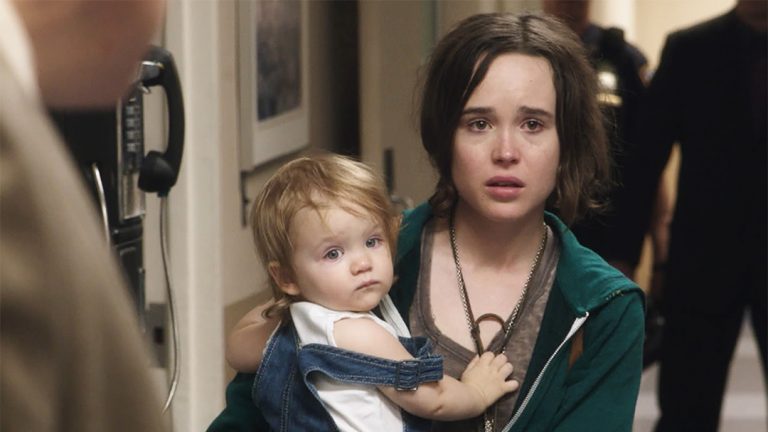
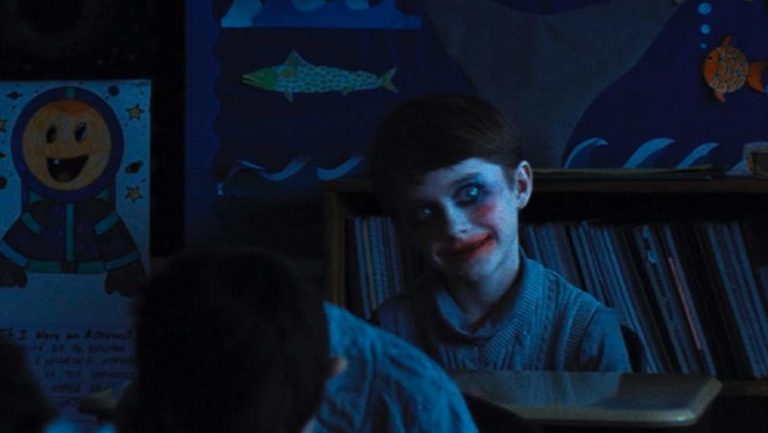
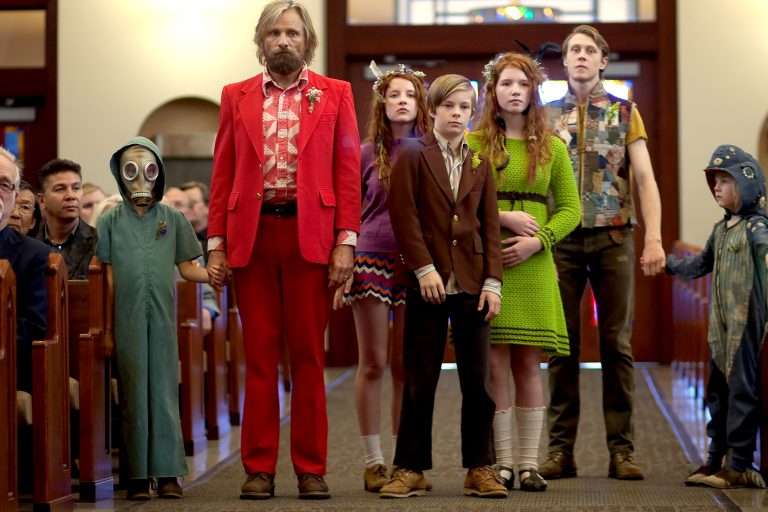
![Love Hostel [2022] Zee5 Review: A Thrilling Setup is Wasted by Soulless Writing in this Star-crossed Romance](https://79468c92.delivery.rocketcdn.me/wp-content/uploads/2022/02/Love-Hostel-1-768x576.jpg)